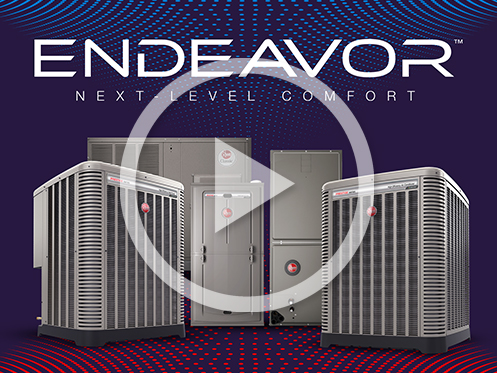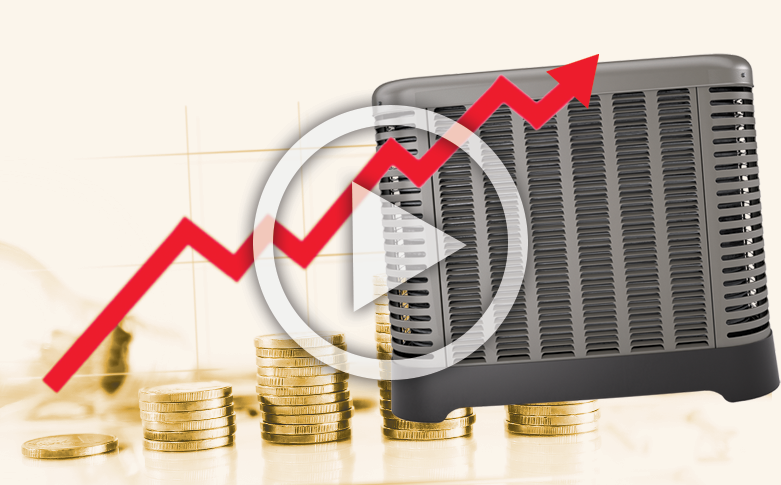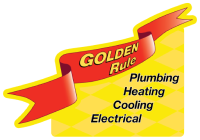Updated January 17, 2024
Although the most common type of heating system in our area is the natural gas furnace, not all homes have connections to gas lines. There are several good heater options for all-electric houses, but the electric furnace is a popular one. Electric furnaces are affordable, have long service lives, operate at high safety levels, and suffer from fewer repair issues over their lifetimes compared to gas furnaces.
Electric furnaces are susceptible to several malfunctions that don’t affect gas furnaces, however, because they rely on electricity. (By the way, gas furnaces also use electricity to run; they just don’t use actual electrical heat to warm up the air, instead of using gas jets.) Electrical troubles can create operating problems for a furnace in several ways, but one that our technicians often see when they’re on a service call is issued in the sequencer.
What’s the Sequencer?
When your electric furnace turns on, does it immediately cause a circuit breaker to trip? We hope not, because it’s designed specifically not to cause a huge power demand on the circuit that will overwhelm it. The component that stops this massive voltage demand is called the sequencer. It’s an essential part of an electric furnace’s operation.
The sequencer is essentially a series of conduits that prevent the voltage from entering the electric furnace from turning on all the heating elements at one time. The heating elements are the electrical coils that warm up as electricity passes through them; they’re what heats the air. When voltage enters the sequencer, it routes the power to the first heating element, but won’t allow it to move to the next until a conduit has reached a particular temperature. Once the first element has heated up, the voltage passes to the next. This continues until all the necessary heating elements have been turned on for the heating cycle.
How the Sequencer Can Create Heating Trouble
Any electrical component can wear down, corrode, or fail in several ways. The sequencer is such an integral part of an electric furnace that if parts of it fail, it will cause immediate consequences. For example, if your furnace does trip a circuit breaker whenever it runs, it could be the sequencer allowing all the heating elements to turn on at once and create an overload. The opposite of that problem is when a sequencer prevents any heating elements from turning on at all.
More subtle is when the sequencer allows one or more—but not all—of the heating elements to receive power. If your house feels colder than normal when the furnace is running, the source might be a sequencer only allowing the furnace to turn on partially.
Although electrical furnaces don’t pose the same potential hazards that gas furnaces do if amateurs tinker with them, they still must have service from licensed professionals whenever they malfunction. For the expert furnace repair in Des Moines, IA, and the surrounding areas that will get your heating system fixed fast and right, reach out to us.
At Golden Rule, “We Obey the Rules to Live By!” Call us whenever you need heating repair service—24 hours a day!
If you found this post helpful, check out the importance of regular HVAC mainteance:


Ruud R962V Endeavor Line Achiever Plus Series Gas Furnace: The Ideal Choice for Salt Lake City Homes


